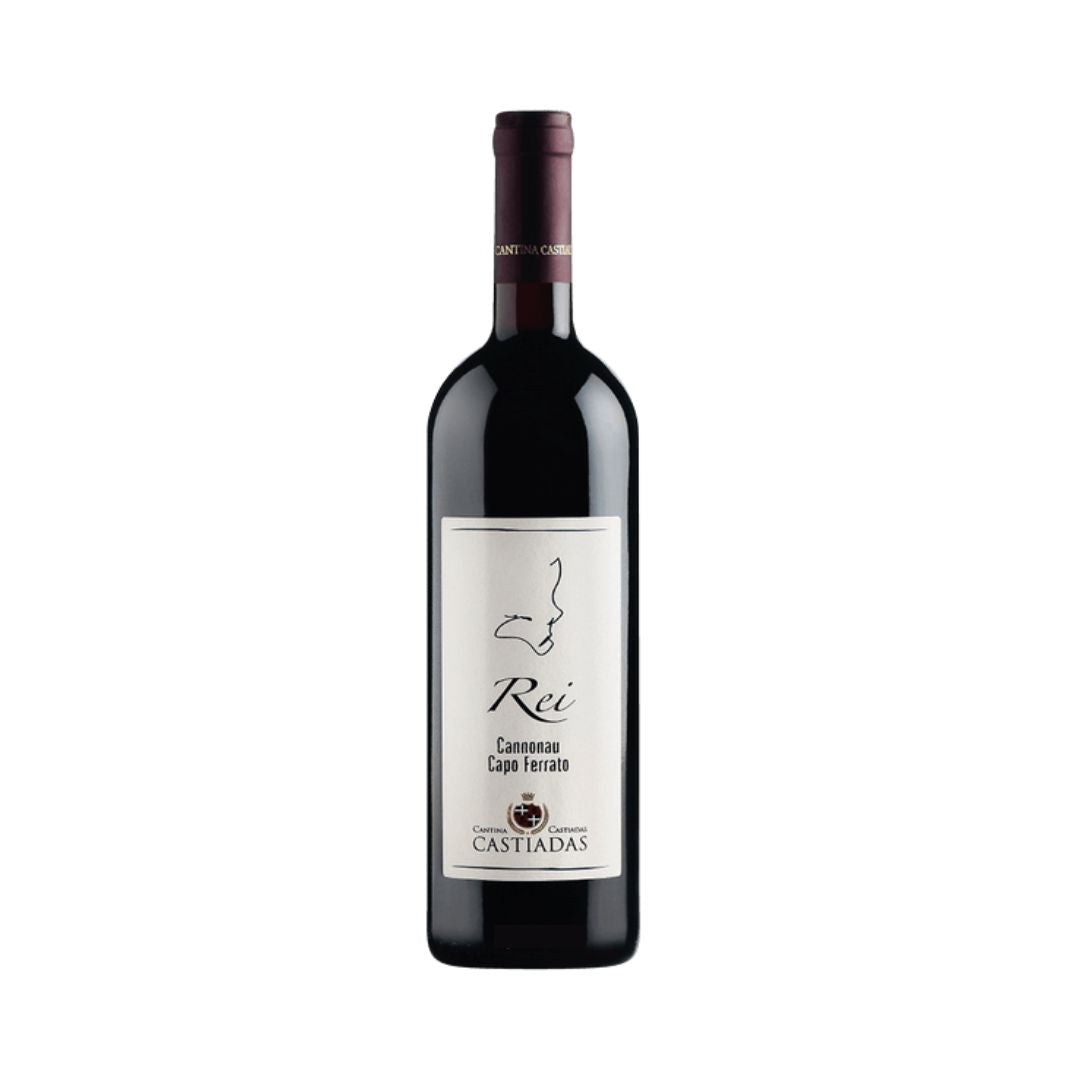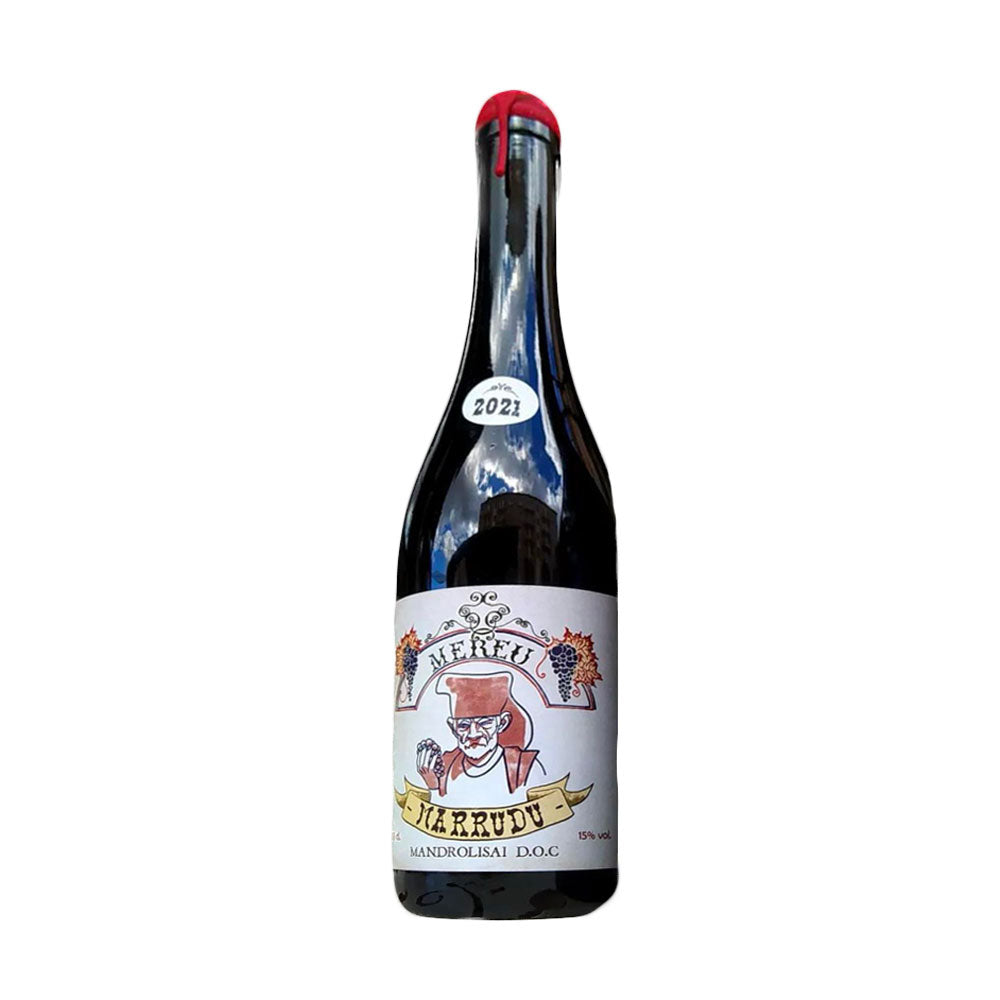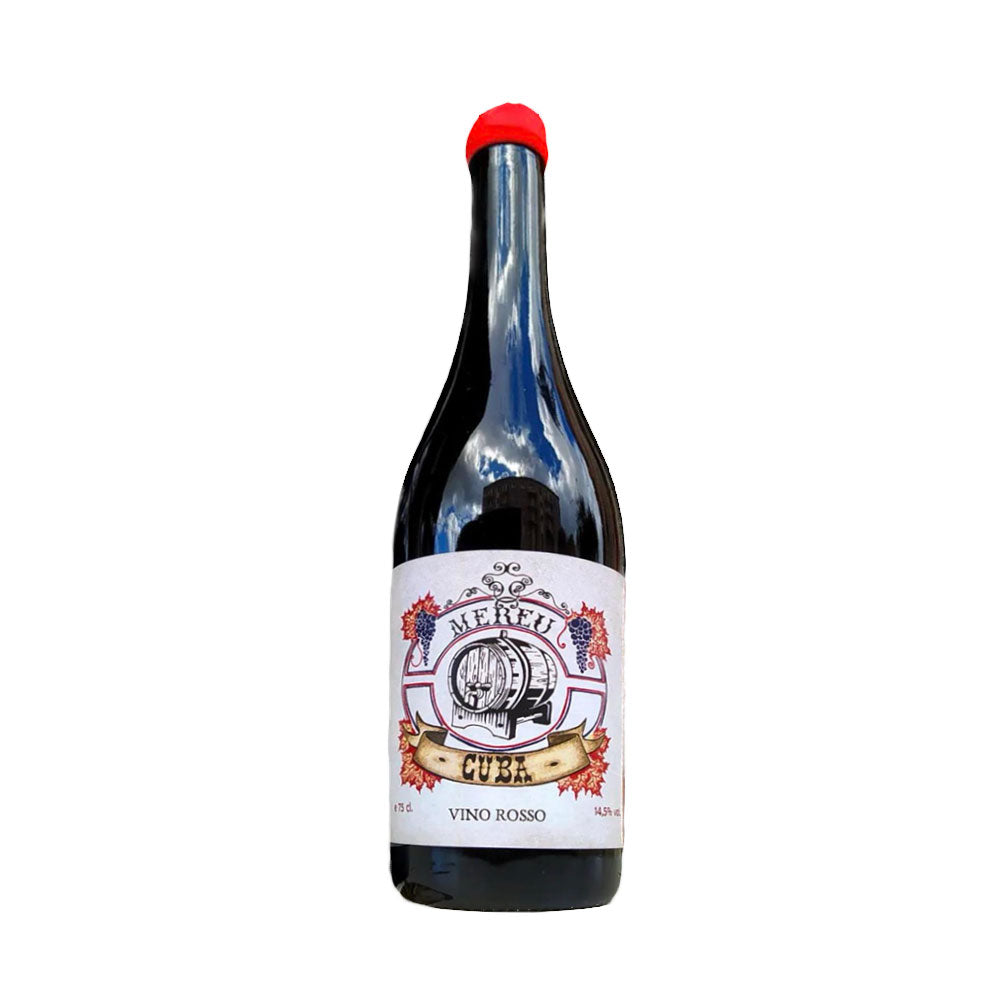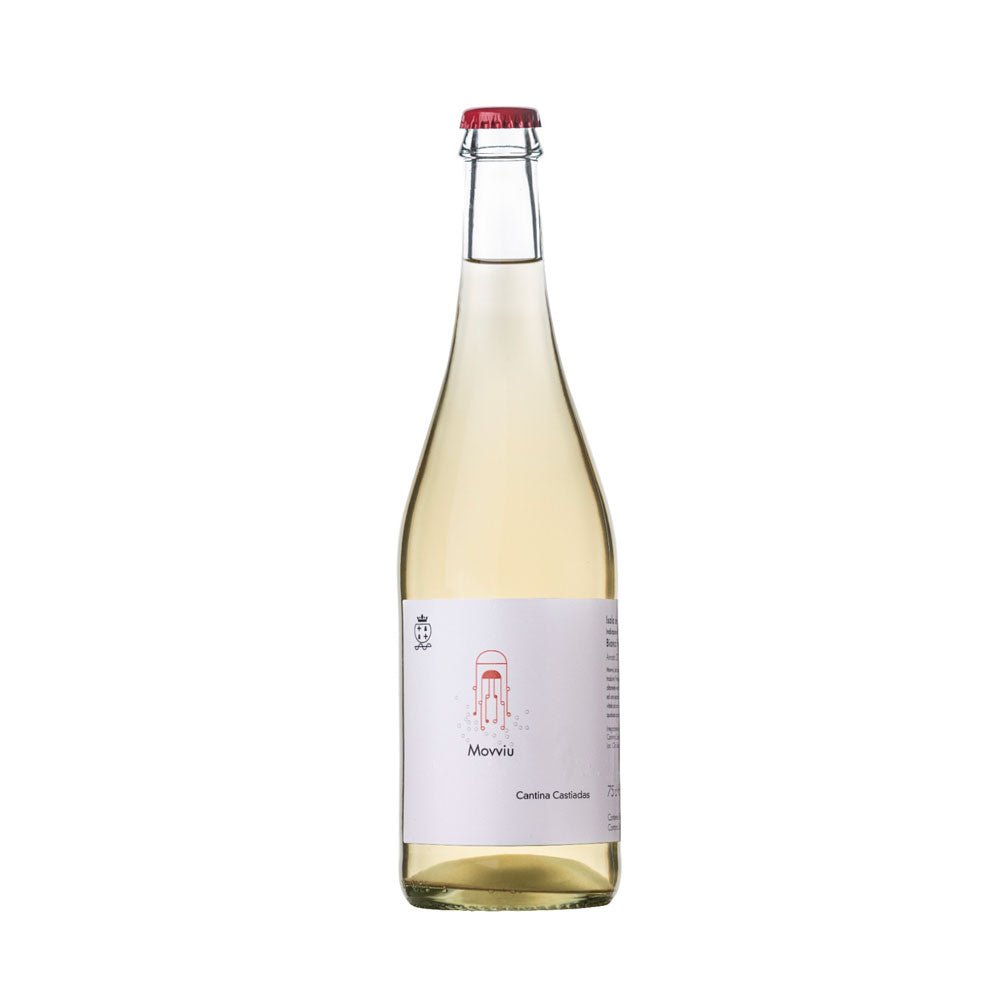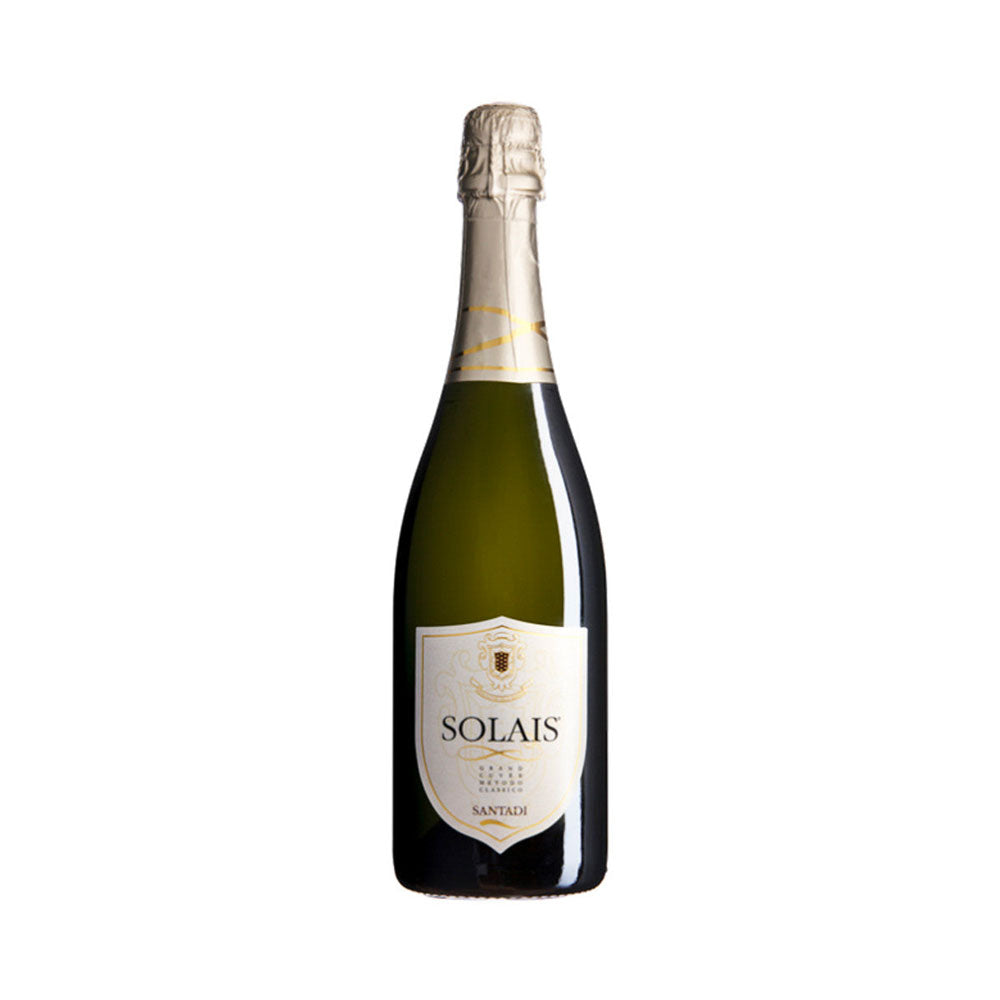FINE SARDINIAN WINES
5 Unique Reds and 5 Whites Recommended by Sommeliers
What are the best Sardinian wines to buy?
Let's discover the world of Sardinian wines together: a region that contains unprecedented oenological treasures. In this article, with our sommeliers we explore the Sardinian wine richness. Through an authentic journey, we discover the peculiarities and secrets that make Sardinian wines unique.
From Cannonau to other lesser-known native grapes, we explore the millenary traditions that blend with modernity, offering the palate unforgettable sensory experiences. Get ready to immerse yourself in Sardinian wine culture and discover a truly special enological dimension.
What are we talking about:
- Production areas of the finest wines
- The most common vines
- Native vines
- International vines
- DOCG, DOC and IGT recommended by our sommeliers
- The numbers of Sardinian wine
- 5 fine and exclusive Sardinian red wines
- 5 fine and exclusive Sardinian bubbles and white wines
The production areas of the finest wines in Sardinia
The Sardinian territory, mainly hilly, has various winemaking areas. The main ones are these:
Gallura
Area in the far north of Sardinia characterized by granite weathering soils, with vineyards up to 400 meters above sea level.
Vermentino di Gallura DOCG is produced here, produced with at least 95% Vermentino grapes, in the superior, sparkling, sparkling, passito and late harvest types.
In Berchidda, in the heart of Gallura, there is a museum that shows the history of vines and wine in Sardinia.
Romangia and Nurra
They are found on the north-western coast of Sardinia and are distinguished by two important controlled designations of origin (Moscato di Sorso-Sennori DOC, Alghero DOC).
Planargia
Located on the north-western coast of Sardinia, Planargia is characterized above all by the calcareous hills (tuff, limestone, arenaceous-marly) rich in potassium and magnesium where Malvasia di Bosa DOC is produced, from at least 95% Malvasia di Sardegna grapes, available in the semi-sweet or sweet, reserve, sparkling and passito versions.
Oristano
On the central-western coast, in Oristano, Arborea DOC, Valle del Tirso IGT, Vernaccia di Oristano DOC, produced from Vernaccia di Oristano, also in the superior version, reserve, liqueur, aged in oak or chestnut barrels are produced at least 2 years.
Sulcis
The most important denomination of the territory is the DOC Carignano del Sulcis (minimum 85% Carignano grapes), available in the red, reserve, superior, rosé, novello and passito versions.
Campidano
Territory on which many DOC fall: Cagliari DOC, Nuragus di Cagliari DOC, Nasco di Cagliari DOC, Girò di Cagliari DOC, Campidano di Terralba DOC, Mandrolisai DOC, Monica di Sardegna, Moscato di Sardegna DOC, Sardegna Semidano DOC, Vermentino di Sardegna DOC , Cannonau di Sardegna DOC.
Nuorese
The Nuoro area is known for the Cannonau di Sardegna DOC, a denomination that requires the use of Cannonau for at least 85%, in the red versions, also reserve, rosé, passito, liqueur and classic. Sub-areas are Jerzu, Oliena, Capoferrato.
26.709
Hectares of vineyards
856.622
Quintals of grapes/year
690,000 Hl
Produced in 2022
The most common vines
In Sardinia there are 150 native vines (21 are registered in the National Register of Vine Varieties).
Among the most widespread vines in Sardinia, Cannonau stands out, also known as Grenache in other parts of the world. This native grape variety is widely grown on the island and produces full-bodied, intense and complex red wines, with notes of ripe red fruit and an interesting spiciness.
Another iconic grape variety is Vermentino , which produces fresh, aromatic white wines. Vermentino di Sardegna is renowned for its liveliness, balanced acidity and hints of citrus fruits and white flowers. It is the ideal companion for fresh fish and seafood dishes.
Sardinia is also the home of the native Nuragus grape variety, which gives rise to dry, light and fresh white wines. With its delicate character and fruity notes, Nuragus is perfect to enjoy as an aperitif or as an accompaniment to light dishes.
Finally, Carignano , known locally as Carignano del Sulcis, is a robust red grape that grows in the southern regions of the island. It produces full-bodied, intense and tannic wines, with hints of berries and spices, ideal for pairing with red meats and mature cheeses.
Typical native vines
The native Sardinian vines are the following:
🍷 Cannonau, Carignano, Monica, Bovale, Pascale, Cagnulari, Nieddera, Girò, Sardinian Barbera (black berry).
🥂 Vermentino, Nuragus, Vernaccia di Oristano, Nasco, Malvasia di Sardegna, Semidano, Arvisionadu (white berry).
Traditional vines are:
🍷 Sangiovese, Nebbiolo, Montepulciano for the black berry;
🥂 Moscato and Malvasia for the white berry.
International vines
Among the international vines widespread in Sardinia we find:
🍷 Cabernet Sauvignon, Merlot and Syrah for the black berry;
🥂 Chardonnay as regards white grapes.
Which Sardinian wines to buy? DOCG, DOC and IGT recommended by our sommeliers
The finest wines from Sardinia, recommended by our sommeliers, are the following:
Cannonau di Sardegna DOCG : a highly prestigious red wine, produced mainly with the native Cannonau (Grenache) vine.
Vermentino di Gallura: Dry and aromatic white wine, made with the Vermentino grape in the Gallura region.
Carignano del Sulcis DOC : Robust and complex red wine, produced mainly with the Carignano grape variety (Carignano minimum 85%, produced in red, reserve, superior, rosé, new and
passito).
Monica di Sardegna DOC : a light and fruity red wine, obtained mainly from the Monica grape.
Vernaccia di Oristano: a dry or sweet white wine, produced with the Vernaccia grape and aged according to a particular winemaking method.
The Sardinian IGTs should not be forgotten, which offer wines of absolute quality and in particular:
Isola dei Nuraghi IGT , an indication that covers the whole of Sardinia, allowing the production of a vast range of wines, both white and red, using local and international vines.
Sardegna IGT , which includes the whole island and allows the production of a variety of wines using different grape varieties, both indigenous and international.
1
DOCG
17
DOC
15
IGT
The numbers of Sardinian wine
Sardinia has 26,709 hectares of vineyards (with the province of Cagliari in the lead), for 856,622 quintals of grapes (ISTAT data, 2022).
As for wine produced, it is in 13th place in Italy with approximately 690,000 hectoliters per year , distributed in 57% DOC/DOCG, 17% IGT, 26% generic (ISTAT data, 2022).
It boasts 1 DOCG (Vermentino di Gallura, established in 1996), 17 DOC , 15 IGT (the latter all established in 1995)
Approximately 52% of the production of Sardinian wines produced per year is red , 48% is white .
Between 1984 and 1997 it recorded a sharp decline in the area under vines due to community policies on encouraging uprooting. In the province of Cagliari the viticultural heritage has been halved. Since 2000 there have been community but also national and regional policies aimed at valorising the region's vineyard heritage.
5 fine and exclusive Sardinian red wines
5 fine and exclusive Sardinian sparkling wines and white wines
Compose your box of Sicilian wines with the advice of our Sommeliers
Do you also want to discover the best bottles of Sardinia?
If you want to discover niche Sardinian wines, from truly unique artisan cellars, let our sommeliers guide you in an experience designed for you.
Armed with an extraordinary knowledge of Sardinia's oenological treasures, our experts will be able to recommend the most representative and appreciated wines of the region, based on your tastes and preferences. From the elegant notes of a Vermentino di Gallura DOCG to the power and complexity of a Cannonau di Sardegna DOC, if you love full-bodied wines, our sommeliers will be able to advise you on the perfect selection. Trust the experience of Sommelier Wine Box and prepare to explore the authentic flavors of Sardinian wines.
FAQ on the fine wines of Sardinia
How to understand which Sardinian wine to buy?
When buying a wine from Sardinia, some factors must be evaluated including:
The grape variety: Sardinia offers a wide range of native grape varieties, each with unique and different characteristics. You need to know them to choose the most suitable wine for you.
The Designation of Origin, which gives important qualitative clues although not the only ones. If the wine has a controlled designation of origin (DOC) or controlled and guaranteed designation of origin (DOCG) or is an IGT, you can be sure that the wine is produced according to specific rules and standards.
Wine style: Sardinia produces a wide range of wine styles, from fresh, fruity white wines to very structured and complex red wines. Consider your personal taste and the pairing with the foods you intend to accompany the wine.
Expert advice: refer to the advice of sommeliers and reviews of industry critics. They will be able to suggest both wines in line with your tastes and more particular ones that could give you great surprises.
Try different wineries: Exploring wines from different regions of Sardinia will allow you to understand more about the entire region. Each winery will have its own unique distinguishing characteristics.
Where to buy fine Sicilian wines?
There are several options for purchasing fine Sardinian wines:
Wine shops specializing in high quality Sardinian wines.
E-commerce where you can search for those coming from Sardinia.
Directly from the wineries , those who sell their wines to consumers through their website or on site.
Wine events and fairs where you can buy on site.
Specialized wine clubs such as Sommelier Wine Box where renowned sommeliers create customizable selections regarding types and price ranges, also on a territorial basis, to offer you personalized wine selections based on your needs.
What are the best wines from Sardinia?
Here are some of the best Sardinian wines, divided by designations of origin:
In addition to Vermentino di Gallura Superiore DOCG , we recall here: Cannonau di Sardegna DOC, Capo Ferrato DOC, Vermentino di Gallura DOCG, Carignano del Sulcis DOC, Mandrolisai DOC, Monica di Sardegna DOC, Nasco di Cagliari DOC, Vernaccia di Oristano DOC (also characterized from the formation of flor ).
Typical Geographical Indications should not be overlooked such as: Isola dei Nuraghi IGT, Sardegna IGT, Valli di Porto Pino IGT and Colli del Limbara IGT .
These are just some of the denominations and quality Sardinian wines that deserve attention but in Sardinia there are many labels produced outside the denominations, made by small wineries that offer very high quality, which deserve to be discovered and tasted.
What are the typical vines of Sardinia?
The native black grape varieties of Sardinia are: Cannonau, Carignano, Monica, Bovale, Pascale, Cagnulari, Nieddera, Girò, Barbera sarda .
The white berry ones are instead:
Vermentino, Nuragus, Vernaccia di Oristano, Nasco, Malvasia di Sardegna, Semidano, Arvisionadu .
How many wineries are there in Sicily?
Even if a detailed and updated census is not present, there are around 360 wineries in Sardinia. The region is distinguished by a beautiful tradition of high-quality cooperative wineries (there were 36 in 1971, today there are 21 ).
On average, Sardinian farms cultivate one hectare of land.
What are the finest wines of Sardinia?
Vermentino di Gallura DOCG : Dry and aromatic white wine, made with the Vermentino vine in the Gallura region, true enological excellence of the region and the only controlled and guaranteed geographical denomination of the region.
Cannonau di Sardegna DOC : a highly prestigious red wine, produced mainly with the native Cannonau (Grenache) vine.
Carignano del Sulcis DOC : Robust and complex red wine, produced mainly with the Carignano grape variety (Carignano minimum 85%, produced in red, reserve, superior, rosé, new and
passito).
Monica di Sardegna DOC : a light and fruity red wine, obtained mainly from the Monica grape.
Vernaccia di Oristano: a dry or sweet white wine, produced with the Vernaccia grape and aged according to a particular winemaking method.
Various IGTs are also of very high quality, especially:
Isola dei Nuraghi IGT : This wine is classified as a Typical Geographical Indication (IGT) of Sardinia. The Isola dei Nuraghi is a denomination that covers the entire island and allows the production of red, white and rosé wines. This IGT includes a wide range of indigenous and international grape varieties, offering a great variety of wine styles.
Sardegna IGT : This is another denomination of Typical Geographical Indication (IGT) of Sardinia. Like the Isola dei Nuraghi IGT, this designation covers the entire island and allows for the production of wines of many different types and styles. Producers can use native or international vines to create wines that reflect the diversity of the Sardinian territory.
Valli di Porto Pino IGT : This wine is a Typical Geographical Indication (IGT) specific to the Valli di Porto Pino, an area located in the south-western part of Sardinia. This denomination focuses mainly on the production of red and white wines. Native vines such as Carignano, Monica and Vermentino are often used for the production of these wines.
Colli del Limbara IGT : This wine is a Typical Geographical Indication (IGT) which includes the Colli del Limbara, a hilly area located in the north-eastern region of Sardinia. This area is known for its mountainous landscape and granite-rich soils. The wines produced in this area can be red, white or rosé, and often use native grape varieties such as Cannonau (Grenache), Vermentino and Moscato.
Which DOC and DOCG wines are there in Sardinia?
In Sardinia there are 1 DOCG (Vermentino di Gallura DOCG, established in 1996) and 17 DOC: Cannonau di Sardegna DOC, Carignano del Sulcis DOC, Vermentino di Sardegna DOC, Malvasia di Bosa DOC, Vernaccia di Oristano DOC, Mandrolisai DOC, Moscato di Sardegna DOC, Nuragus di Cagliari DOC, Nasco di Cagliari DOC, Monica di Sardegna DOC, Girò di Cagliari DOC, Malvasia di, Cagliari DOC, Malvasia di Cagliari Spumante DOC, Monica di Cagliari DOC, Dolce Sardo DOC, Alghero DOC, Terralba DOC.






